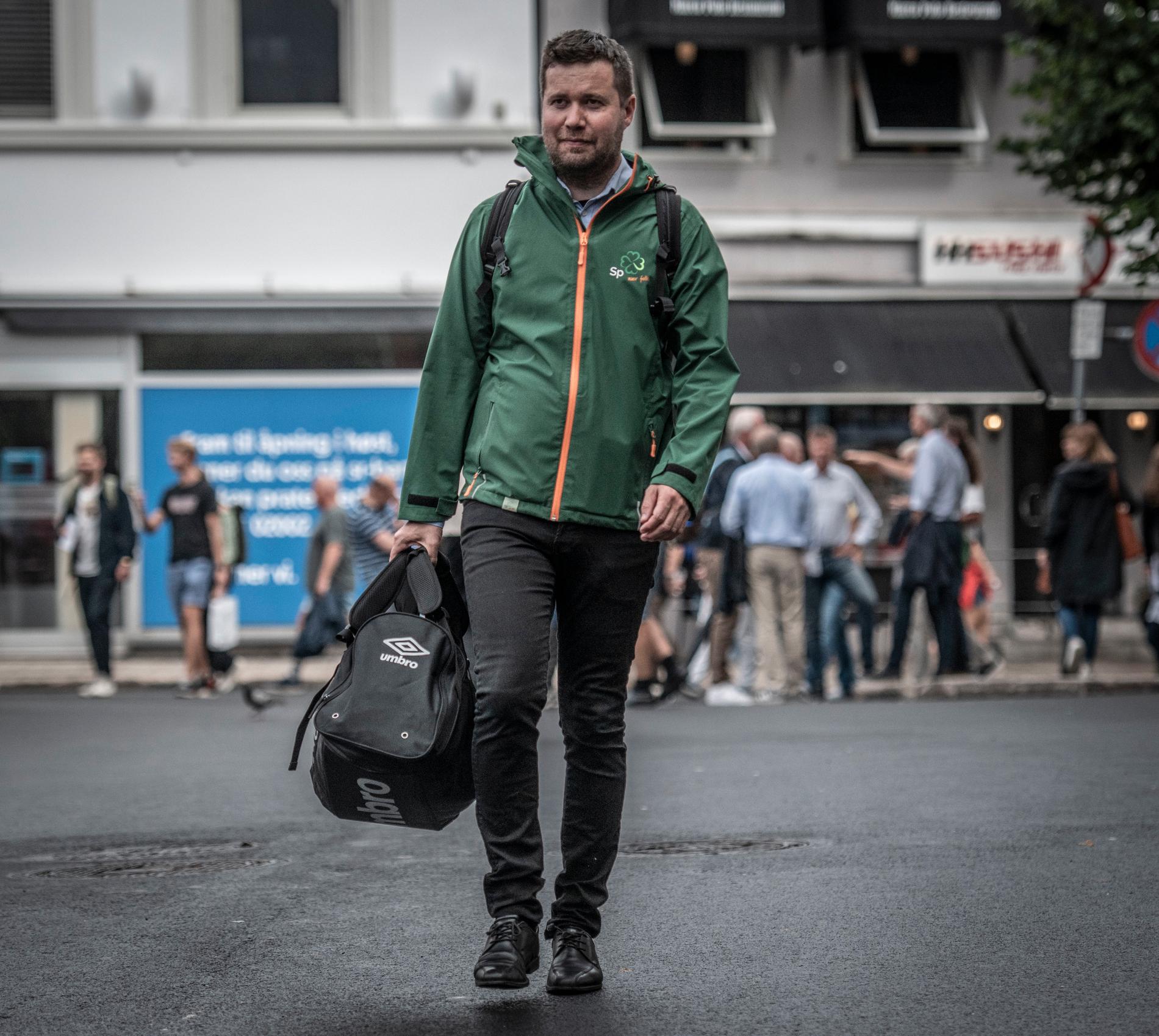In 2022, tourism in Baden-Württemberg has recovered significantly from the deep cuts of the Corona years and is approaching the figures of the last pre-Corona year, 2019.
20.2 million guests with 52.3 million overnight stays were recorded between Hohenlohe, the Black Forest and Lake Constance last year, which again means high growth rates compared to the previous year 2021, which was still affected by the pandemic; but is still behind the record year 2019 with 23.3 million guests and 57.2 million overnight stays.
Anke Rigbers, President of the State Statistical Office, and Patrick Rapp (CDU), Secretary of State for Tourism in the Ministry of Economic Affairs, presented these figures on Thursday in Stuttgart. “The arrows are all pointing upwards, compared to Germany we have above-average recovery in Baden-Württemberg,” says Rapp. “And the forecasts for 2023 are again very good.”
vacation at home
One speaks German! More than three quarters of all guests in 2022 in the southwest came from Germany. The 20 million travelers booked 81 percent of all overnight stays. In 2022, however, the strong domestic tourism was still around 11 percent below the pre-pandemic value.
foreign guests
What would tourism in the southwest be without the wealthy and travel-loving Swiss? Nobody in the industry really wants to ask themselves this question. The numbers speak for themselves: By far the most important country of origin for foreign guests in Baden-Württemberg was little Switzerland in 2022: 1.2 million Swiss made over 2.3 million overnight stays.
The Netherlands (0.7 million guests/1.3 million overnight stays) follow at a considerable distance, ahead of France (0.5 million guests/0.9 million overnight stays). Already in fourth place and thus the most important non-European tourism nation for the southwest: the USA (0.2 million guests/0.6 million overnight stays).
Despite the strong increase compared to the pandemic years 2020 and 2021, around a fifth fewer foreign guests came to the country in 2022 than in the last record year 2019.
That’s how it went in the individual The region
In 2022, Baden-Württemberg was still 8.6 percent below the number of overnight stays in 2019. But not all regions in the state are recovering equally from the pandemic dip. Eight of the 44 urban and rural districts have already exceeded the pre-pandemic level of 2019 in the number of overnight stays last year.
Freiburg (Breisgau) is by far the leader with an increase of almost twelve percent compared to 2019. But also the Alb-Donau district (+5.2 percent), the district of Konstanz (4.1 percent), the district of Ortenau and the city of Pforzheim (each 3.7 percent) and Ravensburg (+2.6 percent) were more in demand than before the crisis.
In contrast, the Lake Constance district (-5.2 percent) and the regions of Württembergisches Allgäu-Oberschwaben with Sigmaringen (-5.9 percent), the Black Forest with the districts of Breisgau-Hochschwarzwald (-7.6 percent), Tuttlingen (-8.8 percent), Schwarzwald-Baar-Kreis (-17.3 percent) and the districts of Lörrach (-10.5 percent) and Waldshut (-13 percent) are all still well below the pre-pandemic level.
The Heilbronn/Hohenlohe region also has a lot of catching up to do. While the urban district of Heilbronn (-3.8 percent) was only just behind the 2019 marks, the district of Heilbronn in 2022 had almost a fifth (-19.1 percent) fewer overnight stays than in 2019. And the Hohenlohe district was also still behind in 2022 13.7 percent below the number of overnight stays in 2019.
individual tourism
The trend towards individual travel is reflected in the figures. Last year, around 16 percent more people stayed in holiday homes or apartments than in 2019, and the increase in campsites was 8 percent. Hotels, which still have by far the most overnight guests, were still 15 percent below the pre-crisis level.
Even before the pandemic, there was a trend away from package tours and towards self-sufficient travel, said Secretary of State for Tourism Patrick Rapp.
workers are missing
The tourism industry suffers more than other industries from a shortage of workers, which is painfully noticeable for guests when business picks up, for example through shorter opening hours and the gastronomy or limited service for tourist offers. In 2019, around 380,000 people were employed in the entire tourism industry in Baden-Württemberg – in 2021 it was over a third less at almost 250,000.
Industry figures are not yet available for 2022, but the number of employees is likely to have increased again. But the gastronomy alone still reported 14.4 percent fewer employees compared to 2019. Economic State Secretary Rapp also has good news: “In 2022, around 2,700 young people started their dual training in the travel industry and in the hospitality industry, 23 percent more than in the previous year.”
This means that the 2019 level has even been slightly exceeded and the Corona kink of the past two years seems to have been overcome. 5500 young people are currently being trained in the tourism industry with hospitality and travel.
Outlook for 2023
For the year 2023, some regions are still expecting new visitor records, said Jochen Alber, Managing Director of the German Hotel and Restaurant Association (Dehoga) in Baden-Württemberg. He recommends booking ahead of time.
However, the trend towards increasingly short-term bookings continues. In the past, the lead time was usually four weeks, now it’s more like a week. “From a consumer perspective, decisions have become more short-term. You take your time so that you can jump off again if necessary without cancellation costs.”


